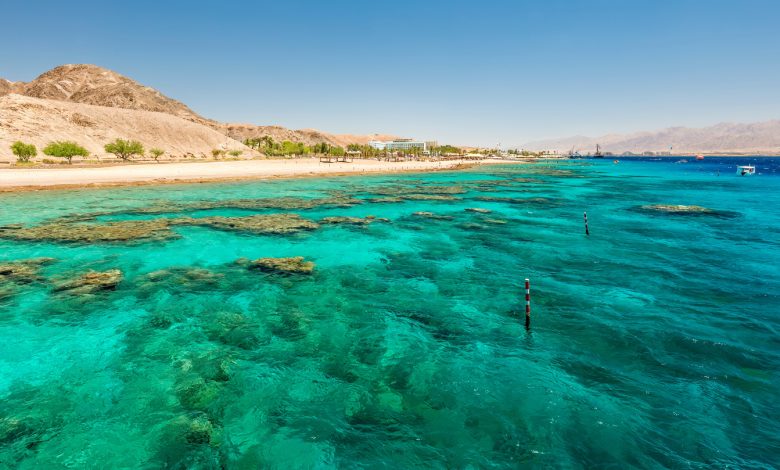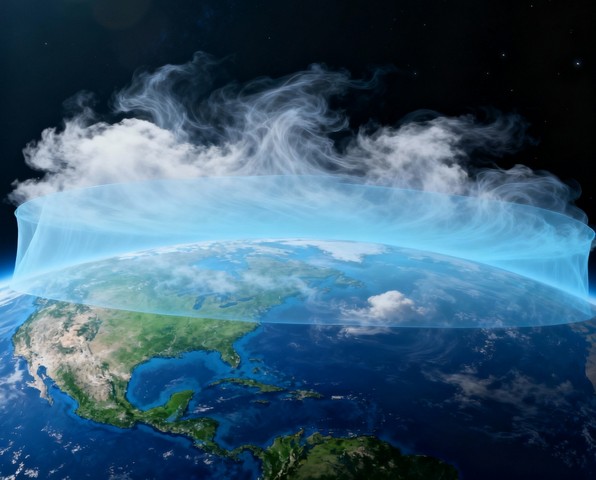Twice Born: The Geological History of the Red Sea


The Red Sea attracts tourists with its rich underwater world and coral reefs that stretch for 2,000 km. But behind its splendor lies a dramatic history.
How the Red Sea was formed

Photo: BEST-BACKGROUNDS/Shutterstock/FOTODOM
About 23 million years ago, the rift valley turned into a full-fledged sea bay.
About 30 million years ago, when tectonic forces began slowly but inexorably tearing apart the Earth’s crust, separating the Arabian Plate from the African Plate, a narrow rift valley emerged. Initially, it was filled only by a chain of salt lakes.
But gradually the waters of the Mediterranean Sea forced their way in. Around 23 million years ago, the valley became a full-fledged sea bay.
The Red Sea’s golden age had begun—coral gardens flourished in its warm waters, and the diversity of marine life reached an unprecedented peak. Scientists still find evidence of that era in fossilized reefs along the coast of Saudi Arabia.
How the Red Sea dried up

Photo: Oli_of_the_valley/Shutterstock/FOTODOM
More than 6 million years ago, the Red Sea turned into a giant salt desert.
This idyll was destined to end. Tectonic processes continued their leisurely work, gradually isolating the Red Sea from the rest of the oceans.
Approximately 16 million years ago, a slow but inexorable decline of marine life began. Connections with the Mediterranean Sea weakened, and a volcanic barrier rose in the area of the Bab el-Mandeb Strait—the “Gate of Tears”—definitely cutting the sea off from the Indian Ocean.
In the hot desert climate, evaporation began to outweigh replenishment, and salinity began to rise. Marine life, unable to withstand the changing conditions, began to disappear one by one. Salt and gypsum crystals settled on the seabed, forming thick layers—a desert shroud encroaching on the dying sea.
More than 6 million years ago, the Red Sea became a gigantic salt desert. Where waves once lapped, a lifeless expanse now stretched, reminiscent of an alien landscape. The deep canyon became a silent witness to this ecological catastrophe.
How the Red Sea filled with water again

Photo: Sergei25/Shutterstock/FOTODOM
About 6.2 million years ago, ocean waters rushed into the salt desert. The powerful flow, breaking through the crumbling barrier, began to carve a giant canyon into the seafloor.
It seemed the sea had vanished forever, leaving behind only kilometers-thick layers of salt—a monument to its own demise. But in the south, where the volcanic ridge near the Hanish Islands separated the dry basin from the Indian Ocean, tectonic shifts began to occur.
About 6.2 million years ago, ocean waters rushed into the salt desert. A powerful current, breaking through the crumbling barrier, began to carve a gigantic canyon in the seafloor. Today, it is 320 km long. In less than 100,000 years, the waters of the Indian Ocean flooded the salt plains.
Why the Red Sea is under threat again

Photo: Borisoff/Shutterstock/FOTODOM
Red Sea corals, whose ancestors survived extreme fluctuations in salinity and temperature, are potentially resilient to disasters.
The catastrophic flood not only restored the sea but also laid the foundation for its ecosystem, turning the Red Sea into a living laboratory of evolution. Modern coral reefs are a direct consequence of that ancient renaissance. However, today this legacy faces a new threat: climate change.
Studies have documented coral bleaching, particularly on southern reefs. But the paradox is that past cataclysms may offer the sea a chance for salvation.
Red Sea corals, whose ancestors survived extreme fluctuations in salinity and temperature, are potentially resilient to disasters. This “hardiness” offers hope that, in the face of global warming, the Red Sea could become the last refuge and a global reservoir for coral genomes.





